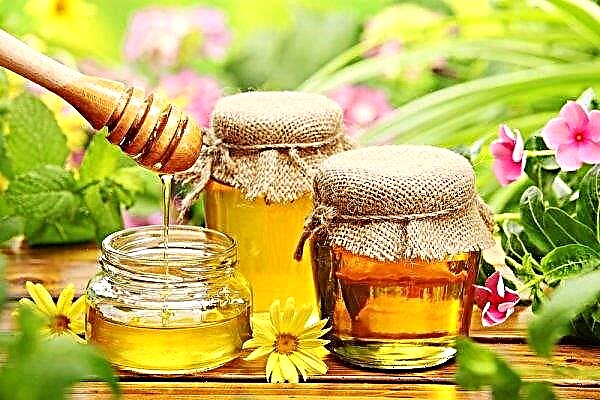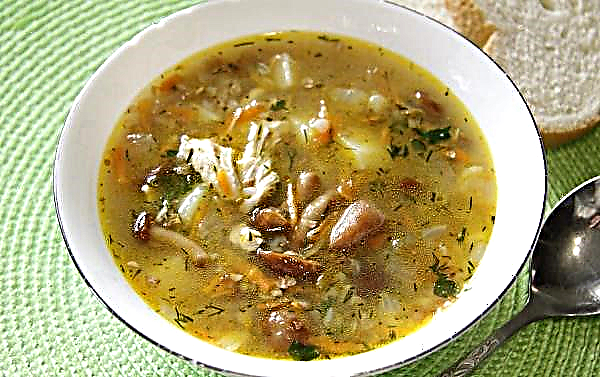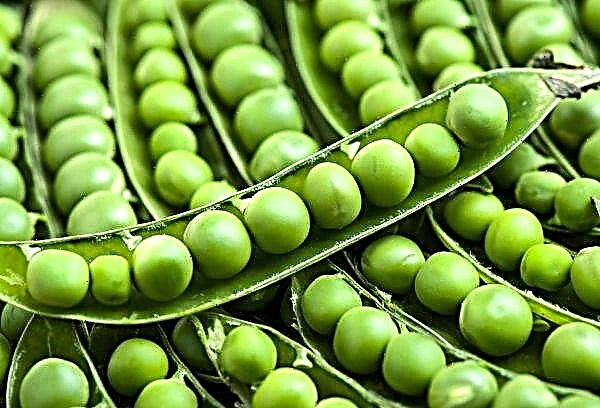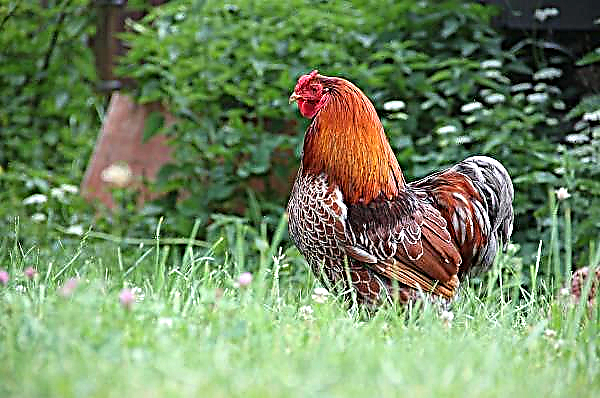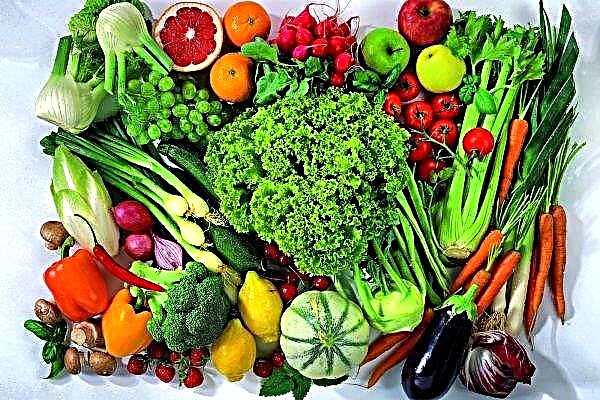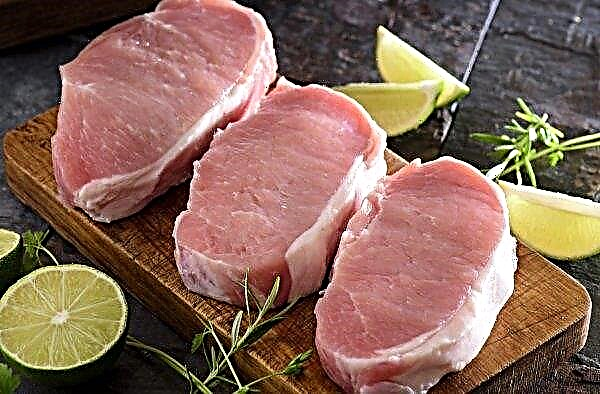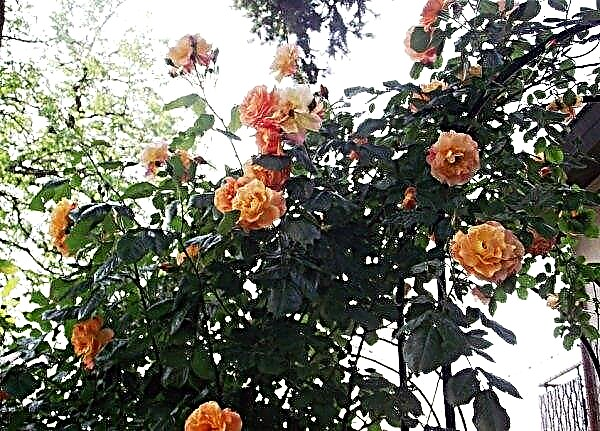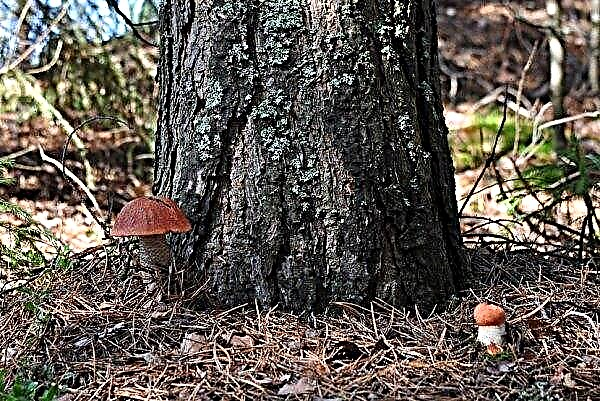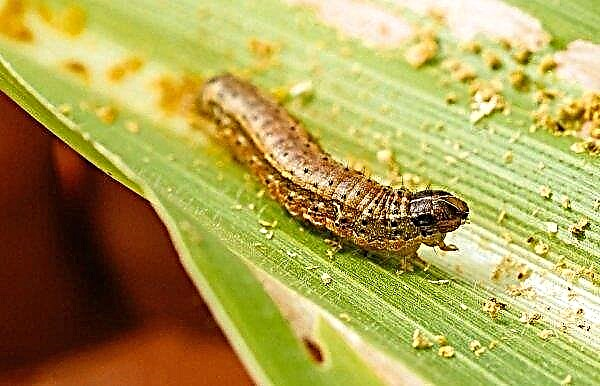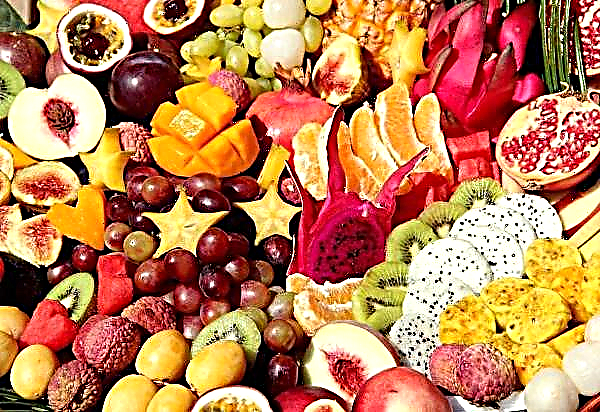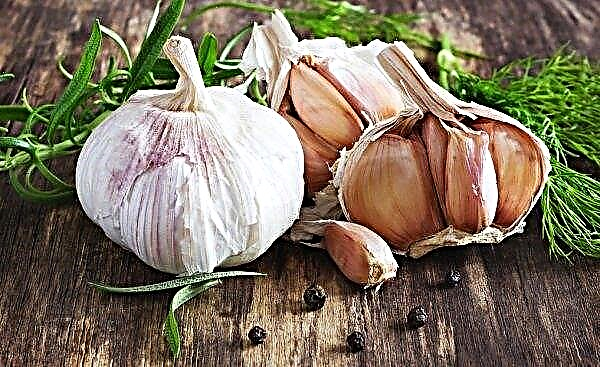Each poultry breeder should know the physiology of chickens and about the changes caused by it. One of these features is alopecia. Experts know when baldness is natural, and when is an alarming sign of abnormalities. This article will help you understand why chickens molt, when this happens, and what care they need.
Why do we need molting in hens?
Shedding is the process of dropping the feather cover. Old feathers die off and fall out with dead skin cells, and instead a new feather cover grows, which will protect against overheating and hypothermia. During molting, the bird ceases to lay eggs. And this is understandable, because all the resources of her body are spent on replacing a fluffy “toilet”. The annual dropping of the feather is simply necessary for the chicken body, since at this time it is updated and restored, namely:
The annual dropping of the feather is simply necessary for the chicken body, since at this time it is updated and restored, namely:
- gets rid of toxins accumulated during the year;
- activates the functioning of all internal organs and systems;
- metabolic processes are accelerated;
- the protein needed for the growth of new high-quality feathers and egg production is synthesized better and faster.
Did you know? When plucking chicken, 8,325 feathers were counted. This is almost 4 times more than that of a pigeon. He has only about 2.5 thousand of them.
Views
The beginning and duration of molting depends on its variety. The duration of this process is also affected by:
- chicken age;
- health;
- breed;
- conditions of detention;
- season.
 Usually chickens fade gradually, the sequence is:
Usually chickens fade gradually, the sequence is:- first, the head and neck;
- then the back;
- after that - the chest and wings;
- finally, the tail.
Primary (juvenile)
Juvenile, or juvenile molting, consists in the natural replacement of the primary (temporary) chicken feather with a secondary (adult) one. The beginning of “dressing up” chickens is also different:
- egg hens change plumage at the age of one month;
- meat and meat and egg - 1-2 weeks later.

Seasonal (periodic)
Annual molting in the fall is normal. This is how chickens react to changing weather conditions: lower air temperatures and less daylight hours. In response to such changes, the thyroid gland begins to intensively produce certain hormones, which provokes the loss of feathers. Thanks to this, a new warm feather will grow in winter, which will not let you freeze.
In healthy laying hens, the autumnal replacement of plumage begins in the second half of autumn, passes intensively and lasts 1-2 months. Weaker birds begin to molt in late summer or early fall, the process lasts longer than usual.
In spring, birds also molt, but only in the first year of life. In the future, molting is transferred to autumn. In older chickens, spring molting is an abnormal phenomenon.Important! When the layers heal, one can choose the best and discard the worst. Signs of a good catch: it begins to molt later, loses feathers quickly and intensively, it looks rather pathetic.

Artificial (forced)
To increase the productivity of large poultry farmers, farmers use forced molting. The essence of the method is to force chickens to abruptly stop laying eggs and provoke dropping feathers ahead of schedule and faster than usual. In the process of zootechnical research, it was found that correctly carried out forced molting gives positive results:
- egg production is prolonged;
- the number of eggs increases;
- quality improves;
- strengthens the immunity of layers.
The beginning of such forced molting is usually planned for July or August. Summer is the most suitable period for this, because:
- chickens gain weight, feel good and easily endure abrupt changes in their lives;
- this will prevent molting in the winter when the bird is already stressed due to the cold and long nights.
 Several methods of artificial molting have been developed. The most popular are three:
Several methods of artificial molting have been developed. The most popular are three:
- Chemical method. It consists in feeding with mixed feed containing certain chemical elements: calcium, iodine, zinc, protamon, nilevar, enheptin, evertas. The intake of these substances helps to slow down the production of sex hormones and terminates oviposition. After the special feeding ends, the normal functioning of the body resumes in the chicken.
- Hormonal way. It is based on the introduction into the chicken diet or in the form of injections of certain hormones: thyroxine, progesterone and their derivatives. The drugs quickly stop the laying of eggs and start the loss of feathers.
- Zootechnical method. The most popular among farmers. Its essence is to create a stressful situation by means of a special regime of drinking and eating starvation, as well as turning off the lighting in the chicken coop in order to reduce daylight hours. When stressed, the laying hens stop laying eggs and go bald.
Poultry farmers list the following benefits of forced molting:
- all birds molt at the same time;
- the molting period is reduced;
- hens resume egg production (now it is more productive than before).
 Artificial molting should be carried out clearly according to the methodology and in accordance with the requirements:
Artificial molting should be carried out clearly according to the methodology and in accordance with the requirements:
- the farmer must be an experienced poultry farmer;
- Before starting the procedure, all individuals must be examined by a veterinarian;
- Allowed only completely healthy, older than 30 weeks;
- compliance of the conditions of poultry with established standards;
- the whole process should be led by a specialist.
Important! NIncorrect artificial molting can lead to the death of chickens.
Painful
Untimely molting and its prolonged course may be the result of pathological abnormalities in the chicken body. The painful loss of feathers often begins not in the fall, but in the winter and lasts longer than the usual 4 months. Possible reasons:
Possible reasons:
- vitamin deficiency (due to malnutrition);
- skin diseases;
- digestive system diseases;
- worms;
- parasitic insects (feather-eaters).
Stressful
Winter or spring molting is often a reaction of the chicken body to a prolonged stressful situation, which can be caused by the following factors:
- lack of food and water;
- short daylight hours (in winter);
- moving to a new place;
- new feed;
- Sharing new “neighbors” in the chicken coop;
- loud noise.
 All this can provoke metabolic disorders, vitamin deficiency and a lack of other necessary elements. As a result, chickens begin to lose their plumage. Having determined the cause of stress, it must be eliminated without delay. This is the only way to restore bird health. Due to stress, chickens can lose feathers at any time of the year (and until its causes are eliminated).
All this can provoke metabolic disorders, vitamin deficiency and a lack of other necessary elements. As a result, chickens begin to lose their plumage. Having determined the cause of stress, it must be eliminated without delay. This is the only way to restore bird health. Due to stress, chickens can lose feathers at any time of the year (and until its causes are eliminated).
After the productive period
In the second year of life (13-15 months), the laying period ends in the laying hen. She has to adapt to the changing circumstances: a new diet and drink, changes in weather conditions. When stressed, the chicken loses weight and sheds feathers. Since this molt is natural, it will end naturally in about 4 months without human intervention.
What to do during molting
When chickens molt, they become vulnerable to external influences. During this period, laying hens need special attention. They need to be carefully cared for and adequately fed.
How to care
Good care during feather changes includes the following:
- molting layer reacts sharply to cooling and freezes quickly, therefore, in the cold season, the chicken coop should be insulated and without drafts;
- drinkers and feeders - a sufficient number, and they can be easily approached from different sides;
- pour a handful of grain at night for each chicken, it will help to warm up and easily transfer the cold night;
- bald patches of skin on which feathers only grow are very painful. Bleeding can open even from the slightest damage. For this reason, it is not worthwhile to pick up half-naked laying hens in this period. Touching them should be minimized;
- the coop should have good lighting (at least 15 hours) to extend daylight hours in winter.
Everything that can cause stress in birds needs to be eliminated.
How to feed chickens
Shedding is a period when the chicken body actively spends its energy on the production of new feathers. Therefore, the bird needs a balanced feeding, rich in various useful elements:
- vitamins A, B1, B3 and D;
- trace elements (this includes manganese, iodine, sulfur, calcium);
- amino acids (methionine and cysteine (0.6 - 0.7%));
- a lot of protein (5% more than usual).
 The following products can provide these substances:
The following products can provide these substances:
- meal with sunflower meal, dry back, yeast, fish meal;
- fresh grass, boiled vegetables, cabbage leaves, carrots, zucchini, pumpkin, potatoes, fodder beets;
- berries: hawthorn and viburnum;
- mineral additives: shells, chalk, bone meal, cottage cheese, wood ash, river sand with clay;
- insects as a source of animal protein: locusts, grasshoppers and worms;
- alfalfa and soy (vegetable protein);
- high protein feed intended for meat breeds.
How to speed up
Typically, the feather cover change period for chickens, depending on age and breed, lasts 2 months or more. The farmer can force this process independently. To do this, you need:
- provide molting individuals with particularly comfortable living conditions;
- artificially extend daylight hours to 15 hours;
- protect from stress during this period;
- pick up a special diet rich in necessary elements (listed above).
Do chickens rush during molting
During molting, laying hens fade, they cease to rush. This is explained by the following: dropping old feathers starts only if the production of sex hormones is stopped and the reproductive system ceases to function. In addition, the supply of protein, which is necessary for the formation of eggs, at this time is spent on the production of new plumage. Egg production is restored only after the laying hen is fully supported again.
In addition, the supply of protein, which is necessary for the formation of eggs, at this time is spent on the production of new plumage. Egg production is restored only after the laying hen is fully supported again.
Why chickens don't fledge after molting
There are times when the molting period has long passed, but bald patches remain. This is an alarming sign of alopecia, a disease in which the bird goes bald.
Did you know? In 1956, the leggorn chicken laid an unusually huge egg weighing 454 g. It had a double shell and two yolks inside.
Possible causes of the disease:
- poor nutrition;
- adverse conditions of detention;
- ectoparasites: ticks, fleas, downy-eater.
During the molting process, chickens look ugly, but after it they transform. In addition, their body heals, and they are again ready for laying eggs.

